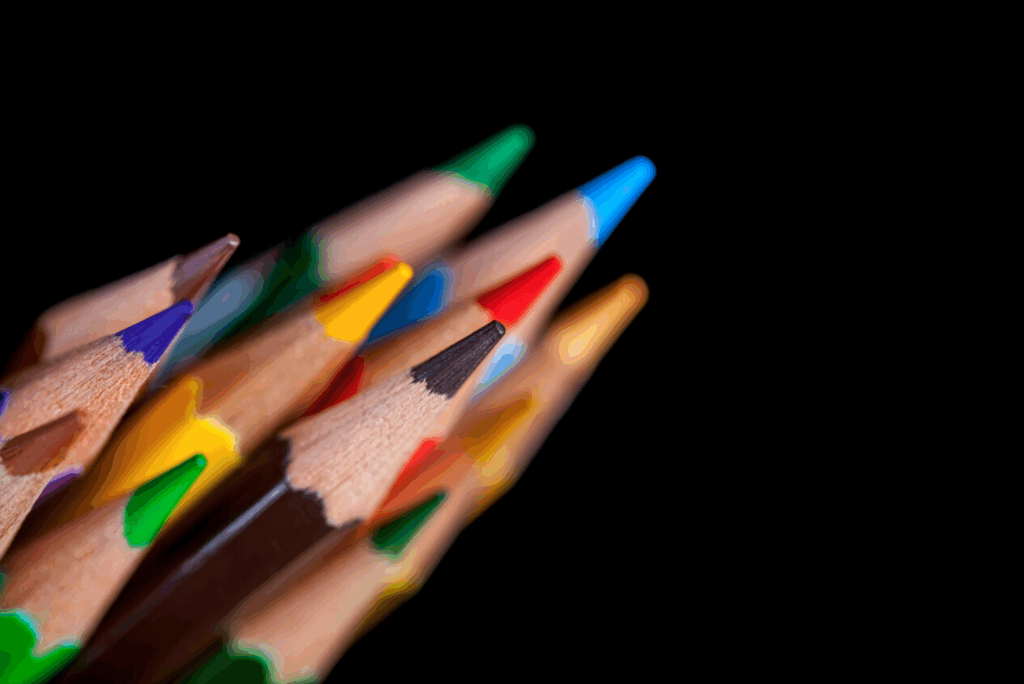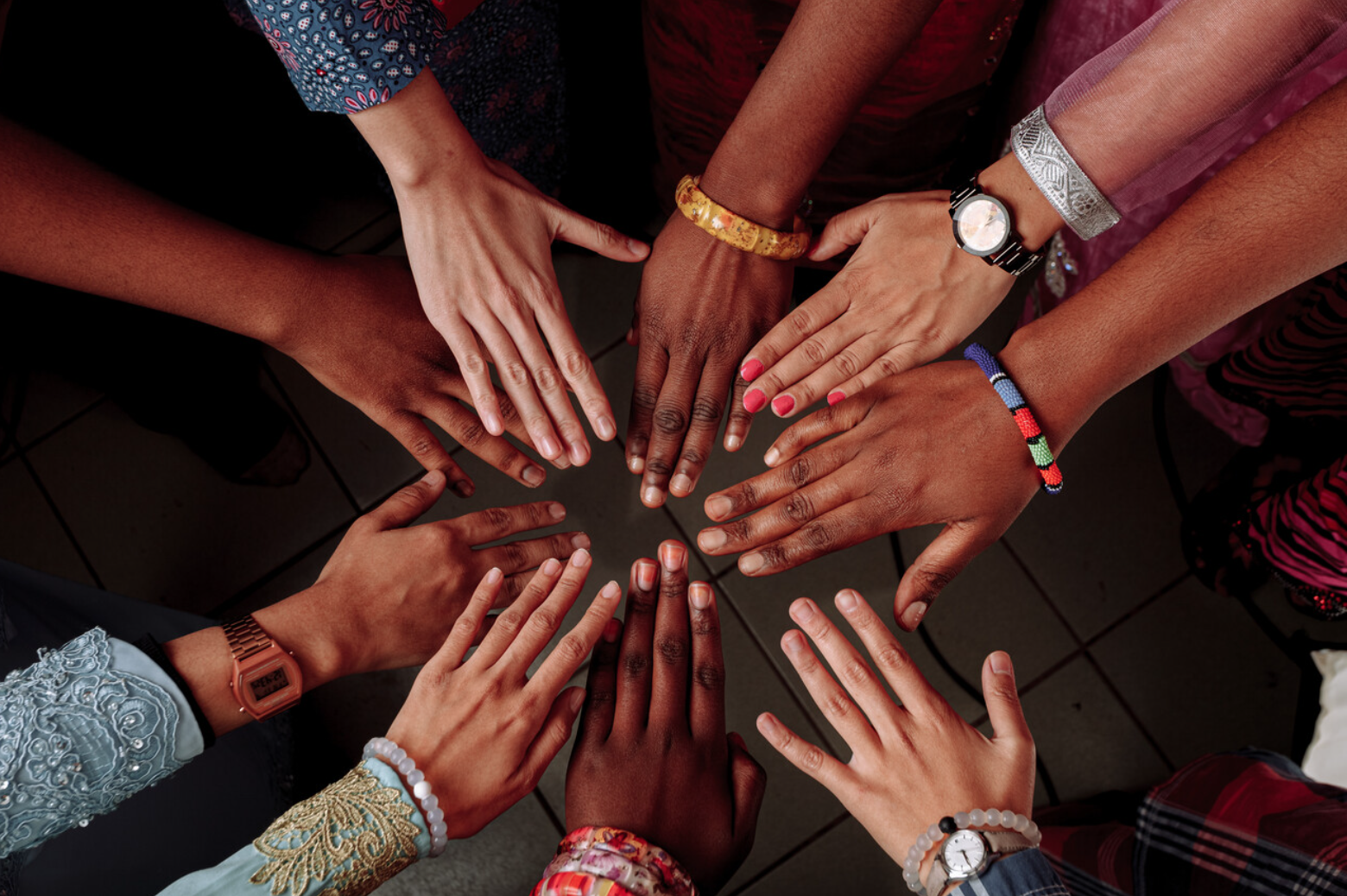Graphic design is not just about creating visuals that look beautiful. At its core, design is about communication. Every shape, color, and typeface carries meaning, and those meanings often shift depending on cultural context. A color that suggests luck in one culture might symbolize mourning in another. A gesture seen as positive in one region might be offensive somewhere else. For designers working on global brands or projects, the ability to adapt across cultures is not simply a nice skill to have; it is a necessity.
One of the greatest challenges designers face when working with different cultures is understanding the subtle nuances that influence interpretation. Take the example of typography. Fonts can embody cultural traditions, historical contexts, or even generational preferences. A sleek, minimal sans-serif typeface might resonate with modern audiences in Western markets, while certain Asian or Middle Eastern audiences may connect more deeply with typography that reflects their script traditions or ornamental aesthetics. Without this awareness, a design that feels modern and innovative in one market may seem cold, inaccessible, or even disrespectful in another.
Color psychology presents another layer of complexity. Red is often seen as a color of good fortune in many Asian cultures, yet in South Africa, it has historically been associated with mourning. Similarly, white is linked to purity and weddings in much of the Western world, but it is often worn at funerals in countries like China and India. Designers who fail to consider these differences risk producing work that alienates the very audiences they are trying to engage.

Beyond color and typography, symbolism itself is a landscape full of potential missteps. A hand gesture that signals “okay” in the United States can be interpreted as vulgar in Brazil. Animals, flowers, and religious symbols also carry different connotations depending on the audience. The challenge for the designer is to not only research but also empathize, to step outside of their own worldview and see their work through the lens of another culture.
This is where artificial intelligence has begun to play a more active role in bridging cultural gaps. AI tools can now analyze large datasets of cultural references, consumer behaviors, and historical usage patterns to provide insights into how different audiences perceive design elements. For example, AI-driven platforms can suggest color palettes that align with cultural expectations in a given region, or flag symbols and patterns that may cause offense. This can save time and give designers an initial framework for adapting their work to global contexts.

However, as powerful as AI has become, it still has significant limitations when applied to cultural design. AI learns from the data it is trained on, which means it can only interpret cultural nuances that have already been documented and quantified. Cultures are not static; they evolve through lived experiences, generational shifts, and socio-political changes. AI is not yet capable of fully capturing this fluidity. It can point out that red carries different meanings in China and South Africa, but it cannot explain how the emotional weight of these associations might shift for a younger generation exposed to global pop culture.
Moreover, AI lacks the ability to truly empathize. While it can suggest alternative symbols or identify patterns of cultural significance, it does not understand why those symbols matter. A human designer, on the other hand, can ask deeper questions, seek out conversations, and build relationships with the target audience to uncover meaning that goes beyond what is written in data. This human touch is what allows design to connect on an emotional level, something algorithms are not yet equipped to replicate.
The future of designing for different cultures will likely involve a partnership between human intuition and AI-powered tools. Designers can rely on AI for preliminary research, trend analysis, and even inspiration, but the final judgment must still come from a human perspective rooted in empathy and creativity. For example, a designer working on a global campaign might use AI to narrow down culturally appropriate color palettes, but they would still need to talk to local stakeholders or test the designs with real audiences to ensure authenticity.
In practice, staying effective as a culturally aware designer requires more than just technological support. It demands curiosity, humility, and a willingness to continually learn. Designers must be open to feedback, especially from people who live within the cultures they are designing for. They must be flexible enough to adapt their personal style when it conflicts with cultural expectations. And above all, they must recognize that design is not just about aesthetics but about building bridges of understanding.

Designing for different cultures is not an easy task, but it is one of the most rewarding. It allows designers to move beyond surface-level visuals and into the realm of human connection. It pushes them to think critically about how people interpret the world around them and how they can use design to foster inclusivity, respect, and shared meaning.
AI will undoubtedly continue to evolve and assist in this process, but it should be seen as a tool rather than a replacement for cultural sensitivity. The heart of great design lies in empathy, and that is something only humans can bring to the table. The best outcomes will come from blending the efficiency and insight of AI with the human ability to understand, feel, and connect.
As globalization continues to bring diverse audiences closer together, the responsibility on designers will only grow. By combining cultural awareness with emerging technologies, they can create work that not only avoids miscommunication but actively celebrates diversity. In the end, good design does more than communicate. It bridges worlds.
- How to Create Accessible and Inclusive Designs - October 6, 2025
- Designing for Different Cultures: Challenges, Tips, and the Role of AI - September 3, 2025
- The Importance of Feedback in the Design Process - August 6, 2025


0 Comments